Home>Gardening & Outdoor>Landscaping Ideas>How To Install Sod Grass
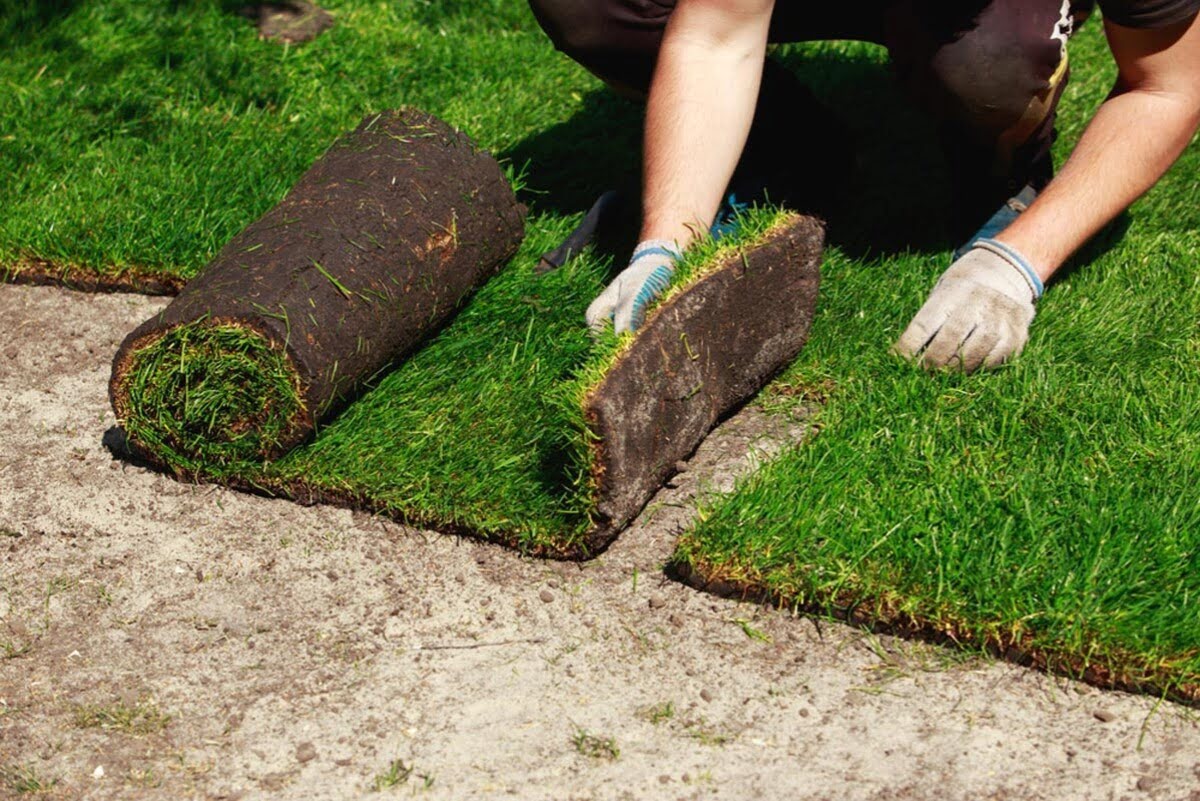

Landscaping Ideas
How To Install Sod Grass
Modified: February 27, 2024
Learn the step-by-step process of installing sod grass to enhance your landscaping. Get expert tips and ideas for a lush, green lawn.
(Many of the links in this article redirect to a specific reviewed product. Your purchase of these products through affiliate links helps to generate commission for Storables.com, at no extra cost. Learn more)
Introduction
Welcome to the world of lush green lawns and vibrant landscapes! If you’re looking to transform your outdoor space with a beautiful, instantly gratifying lawn, then installing sod grass is the perfect solution. Sod, also known as turf, provides an efficient way to establish a new lawn or repair an existing one without the need to wait for seeds to germinate and grow. Whether you’re a seasoned gardener or a first-time homeowner, this comprehensive guide will walk you through the process of installing sod grass, from preparing the soil to ongoing maintenance.
Before we dive into the step-by-step instructions, it’s important to understand the benefits of sod grass. Unlike traditional seeding methods, sodding offers immediate results, creating an instantly green and dense lawn. It also helps prevent soil erosion, reduces heat, absorbs carbon dioxide, and acts as a natural air conditioner. With proper care, sod grass can thrive for many years, providing a lush and inviting outdoor space for relaxation, recreation, and aesthetic enjoyment.
So, roll up your sleeves, put on your gardening gloves, and get ready to embark on a rewarding journey to transform your outdoor space. Whether you’re reviving a tired lawn or starting from scratch, installing sod grass is a fulfilling and transformative endeavor that will yield beautiful results for years to come.
Key Takeaways:
- Transform your outdoor space with lush, instantly green sod grass. Prepare the soil, order the right sod, install with care, and maintain for a vibrant, inviting lawn.
- Installing sod grass yields immediate, beautiful results. It’s a fulfilling journey that enhances your property, creates a sustainable outdoor oasis, and enriches your lifestyle.
Read more: When To Install Sod Grass
Step 1: Preparing the Soil
Before you start installing sod grass, it’s crucial to prepare the soil to create an optimal environment for the new turf to take root and thrive. Here’s a detailed guide to help you get the soil ready for your lush green lawn:
Assess the Existing Soil: Begin by evaluating the current state of the soil in your lawn. Test its pH level and texture to determine if any amendments are required. Ideally, the soil should have a pH level between 6 and 7, promoting healthy grass growth.
Remove Debris: Clear the area of any debris, rocks, and existing vegetation. This will provide a clean canvas for laying the sod and prevent potential issues with unevenness or impediments to root establishment.
Soil Aeration: Aerating the soil helps alleviate compaction and improves air circulation, water absorption, and nutrient penetration. Use a core aerator to perforate the soil, allowing the roots to access essential resources for growth.
Soil Amendments: Based on the results of your soil test, you may need to incorporate organic matter or fertilizer to enhance the soil’s fertility and structure. This step is crucial for providing the new sod with a nutrient-rich foundation for vigorous growth.
Leveling the Surface: Use a rake or leveling tool to even out the soil surface, addressing any uneven areas or depressions. A smooth and level base will ensure uniform sod installation and promote consistent growth across the entire lawn.
By diligently preparing the soil, you’re setting the stage for a successful sod installation process. The effort invested in this initial phase will significantly contribute to the long-term health and vibrancy of your new lawn, laying the groundwork for a stunning outdoor oasis.
Step 2: Ordering Sod
Now that the soil is primed and ready, the next step in the journey to a vibrant lawn is ordering the sod. When selecting and ordering sod, it’s essential to consider factors such as the type of grass, the quantity needed, and the timing of delivery. Here’s a comprehensive guide to help you navigate the process of ordering sod for your landscaping project:
Choose the Right Grass Variety: Selecting the appropriate grass variety is crucial for the success of your lawn. Factors such as climate, sunlight exposure, and intended use should influence your choice. Whether you opt for cool-season grasses like Kentucky bluegrass and fescue, or warm-season varieties such as Bermuda or Zoysia, ensure that the selected grass is well-suited to your local climate and soil conditions.
Calculate the Sod Quantity: Measure the area of your lawn to determine the amount of sod required. Accurately calculating the square footage will prevent over- or under-ordering, ensuring that you have sufficient sod to cover the entire space without unnecessary waste or delays.
Research Sod Suppliers: Look for reputable sod suppliers in your area, and gather information about the quality of their products, delivery options, and customer reviews. Choosing a reliable supplier will ensure that you receive fresh, healthy sod that is ready for immediate installation.
Place Your Order: Once you’ve identified the right grass variety and determined the quantity needed, place your order with the chosen sod supplier. Coordinate the delivery date to align with your planned installation schedule, allowing for prompt and seamless turf laying.
Prepare for Delivery: Clear the access route to your lawn to facilitate the delivery of the sod pallets. Ensure that the designated installation area is easily accessible to expedite the unloading process and minimize any potential damage to the turf.
By carefully selecting the appropriate grass variety, calculating the required quantity, and partnering with a reliable sod supplier, you’re laying the groundwork for a successful sod installation process. The next phase of the journey will involve the exciting task of laying down the lush green carpet of sod, bringing your vision of a vibrant lawn one step closer to reality.
Before installing sod grass, make sure to prepare the soil by removing any debris and weeds. Then, water the area thoroughly to help the sod establish roots. Finally, lay the sod in a staggered pattern to avoid gaps.
Step 3: Installing the Sod
With the soil prepared and the sod delivered, it’s time to embark on the transformative process of installing the lush green carpet of sod. This phase of the project requires precision, care, and attention to detail to ensure the successful establishment of the new lawn. Here’s a comprehensive guide to help you navigate the process of laying down the sod:
Begin Installation Immediately: It’s crucial to lay the sod as soon as possible after delivery to prevent it from drying out. Aim to install the sod on the same day it arrives, especially during warmer weather, to maintain its freshness and viability.
Start from a Straight Edge: Choose a straight edge, such as a walkway or driveway, as the starting point for laying the first row of sod. This will create a neat and uniform appearance, serving as a reference for the subsequent rows.
Stagger the Joints: When placing the sod pieces, stagger the joints in a brickwork pattern to minimize gaps and promote a seamless, interconnected lawn. This approach enhances the structural integrity of the sod and contributes to a visually appealing result.
Ensure Firm Contact: Press the sod firmly against the soil to eliminate air pockets and establish close contact between the roots and the ground. This step is essential for promoting root penetration and accelerating the establishment of the new turf.
Trimming and Shaping: Use a sharp knife or sod cutter to trim and shape the sod pieces as needed, especially around curved edges, flower beds, or other landscape features. Attention to detail during this phase will contribute to a polished and professional-looking lawn.
Water Immediately: As each section of sod is installed, water it thoroughly to encourage root growth and prevent dehydration. Adequate hydration is crucial during the initial phase of installation to promote the seamless integration of the sod with the underlying soil.
By following these steps and guidelines, you’ll be well-equipped to navigate the process of installing sod with confidence and precision. As the lush green turf takes shape, your outdoor space will undergo a remarkable transformation, evolving into a vibrant and inviting landscape that enhances the beauty and functionality of your property.
Step 4: Watering and Maintenance
Once the sod is installed, the journey to a thriving and verdant lawn continues with the crucial steps of watering and ongoing maintenance. Proper watering and diligent care are essential for nurturing the newly laid sod and facilitating its robust establishment. Here’s a comprehensive guide to help you navigate the critical phase of watering and maintaining your sod:
Initial Watering: Immediately after installation, thoroughly water the sod to ensure that the soil beneath it is moistened to a depth of 4 to 6 inches. This initial watering is crucial for promoting root penetration and minimizing stress on the newly transplanted turf.
Establish a Watering Schedule: Develop a watering schedule that aligns with the specific needs of the sod and the prevailing weather conditions. During the initial phase, the sod should be watered at least once a day, adjusting the frequency and duration based on factors such as temperature, rainfall, and soil moisture levels.
Monitor Soil Moisture: Regularly check the soil moisture levels to ensure that the sod receives adequate hydration without becoming waterlogged. Adjust the watering schedule as needed to maintain optimal soil moisture, promoting healthy root development and overall turf vigor.
Mowing and Fertilization: Once the sod has firmly rooted, typically after 2 to 3 weeks, mow it for the first time, ensuring that the grass blades are at the recommended height for the specific grass variety. Additionally, consider a tailored fertilization regimen to provide essential nutrients for sustained growth and resilience.
Weed Control and Pest Management: Monitor the sod for any signs of weeds or pests, addressing any issues promptly to prevent them from compromising the health and appearance of the lawn. Implement targeted weed control measures and integrated pest management strategies to safeguard the integrity of the sod.
Ongoing Care and Observation: Regularly inspect the sod for any signs of stress, disease, or inadequate growth. Address any issues promptly, and maintain a proactive approach to caring for the lawn, ensuring that it remains vibrant, lush, and resilient over time.
By prioritizing proper watering, diligent maintenance, and attentive care, you’ll play a pivotal role in nurturing the newly installed sod and guiding it towards robust growth and long-term vitality. With each passing day, your efforts will be reflected in the form of a lush, healthy lawn that enriches your outdoor space and enhances the overall appeal of your property.
Read more: How To Maintain Sod Grass
Conclusion
Congratulations on successfully completing the journey to install sod grass and transform your outdoor space into a vibrant and inviting landscape. The process of preparing the soil, ordering the sod, installing it with care, and nurturing its growth through proper watering and maintenance has culminated in the creation of a lush and thriving lawn. As you admire the verdant expanse of sod, it’s important to reflect on the transformative power of this endeavor and the enduring benefits it brings to your property.
By investing time and effort into the installation of sod grass, you’ve not only enhanced the aesthetic appeal of your outdoor environment but also contributed to the creation of a functional and enjoyable space for relaxation, recreation, and social gatherings. The lush green carpet of sod serves as a testament to your commitment to creating a welcoming and vibrant outdoor oasis.
As you revel in the beauty of your newly installed sod, it’s essential to maintain a proactive approach to its care and upkeep. Continuously monitor and nurture the sod, ensuring that it remains resilient, healthy, and visually captivating. By adhering to a tailored maintenance regimen and addressing any emerging issues promptly, you’ll safeguard the long-term vitality and allure of your lawn.
Moreover, the installation of sod grass represents a sustainable and environmentally friendly landscaping solution, contributing to soil stabilization, carbon sequestration, and the creation of a natural habitat for beneficial organisms. Your commitment to nurturing a thriving sod lawn aligns with principles of environmental stewardship and the creation of a harmonious outdoor ecosystem.
As you bask in the beauty of your newly installed sod, take pride in the transformative journey you’ve undertaken and the enduring impact it has on your property. The lush green expanse of sod stands as a testament to your dedication to creating a vibrant, inviting, and sustainable outdoor environment, enriching your lifestyle and enhancing the allure of your property for years to come.
Embrace the joy of a beautifully landscaped lawn, and revel in the rewards of your efforts as you savor the lush, verdant expanse of sod that now graces your outdoor space.
Frequently Asked Questions about How To Install Sod Grass
Was this page helpful?
At Storables.com, we guarantee accurate and reliable information. Our content, validated by Expert Board Contributors, is crafted following stringent Editorial Policies. We're committed to providing you with well-researched, expert-backed insights for all your informational needs.
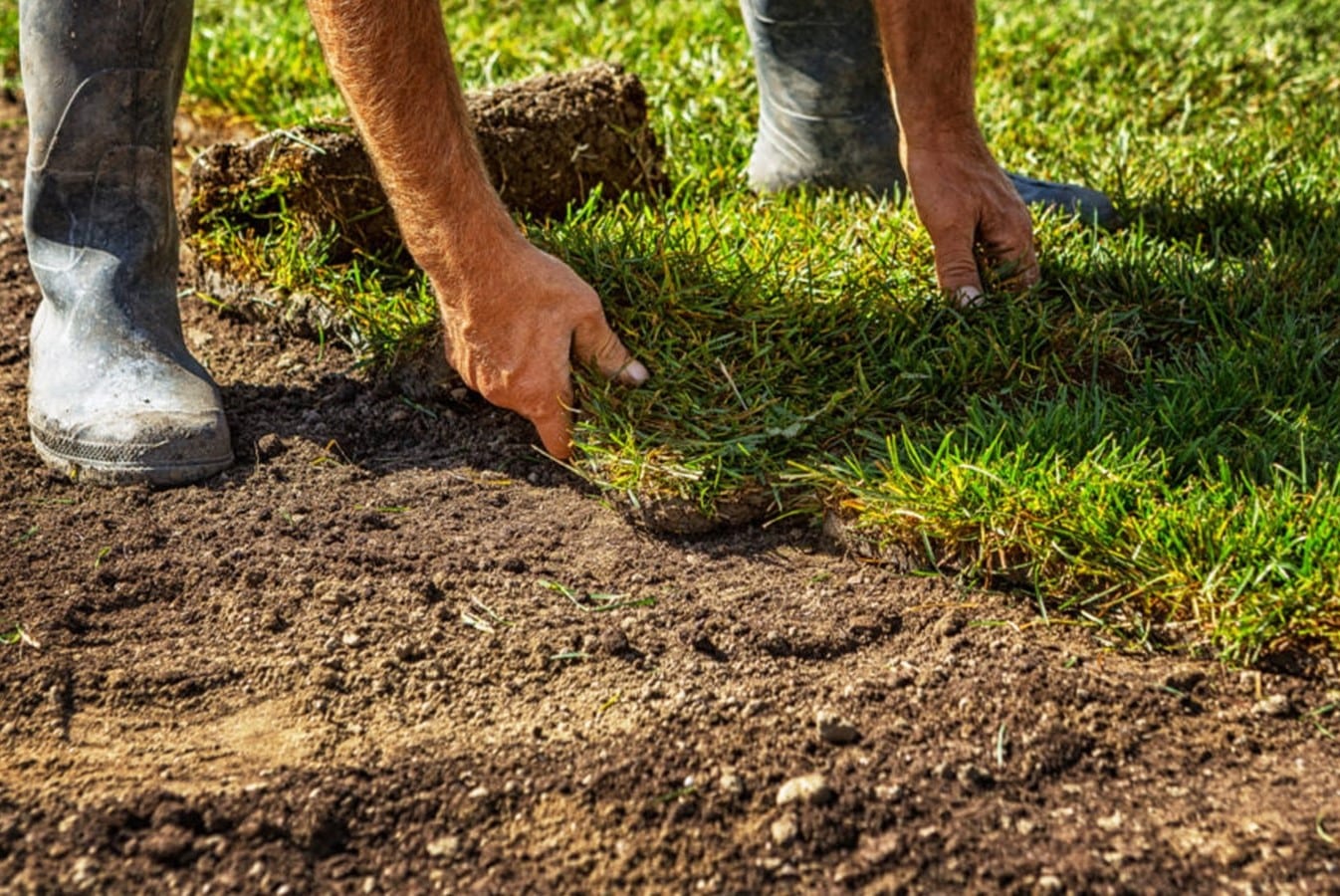
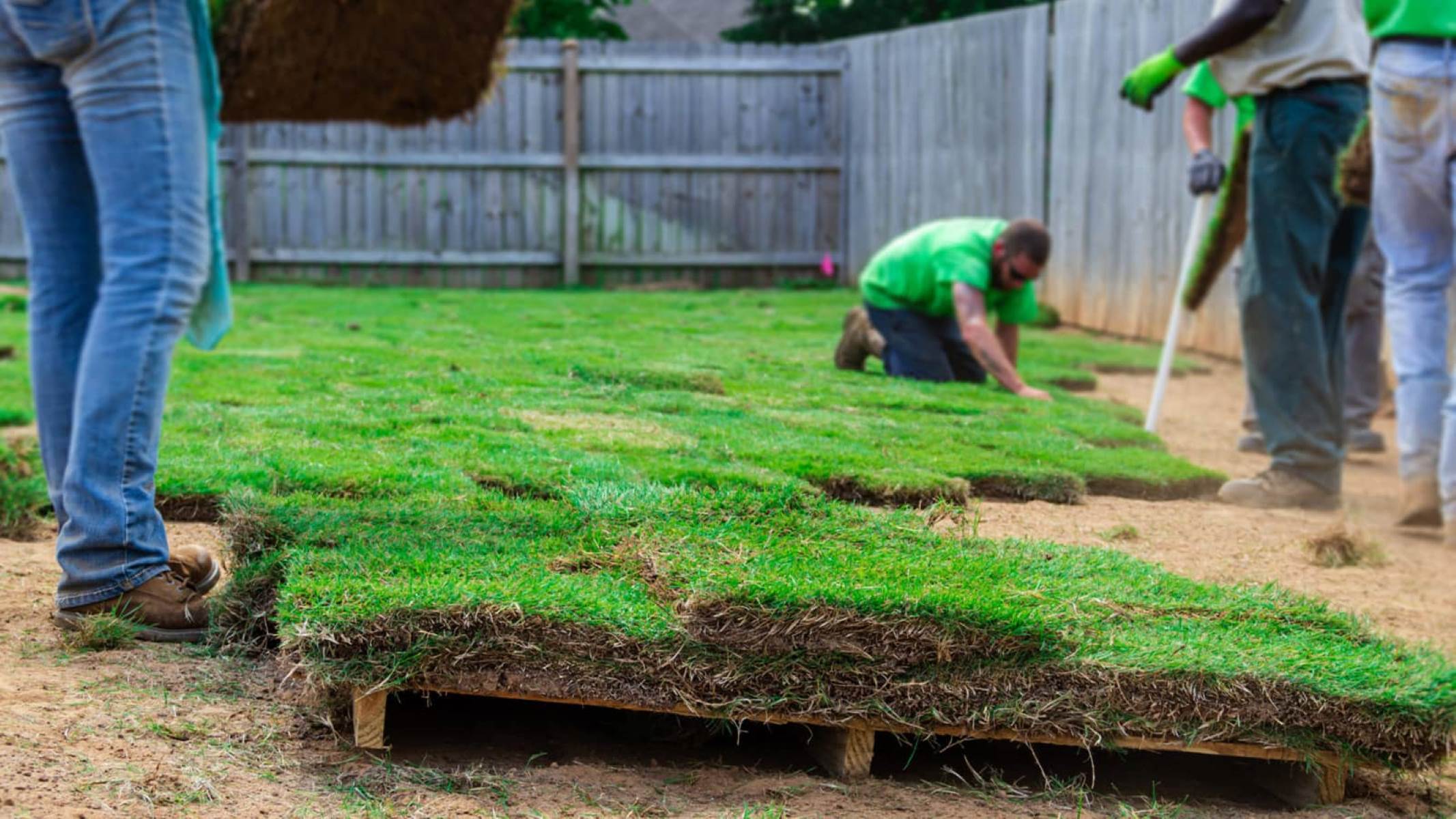
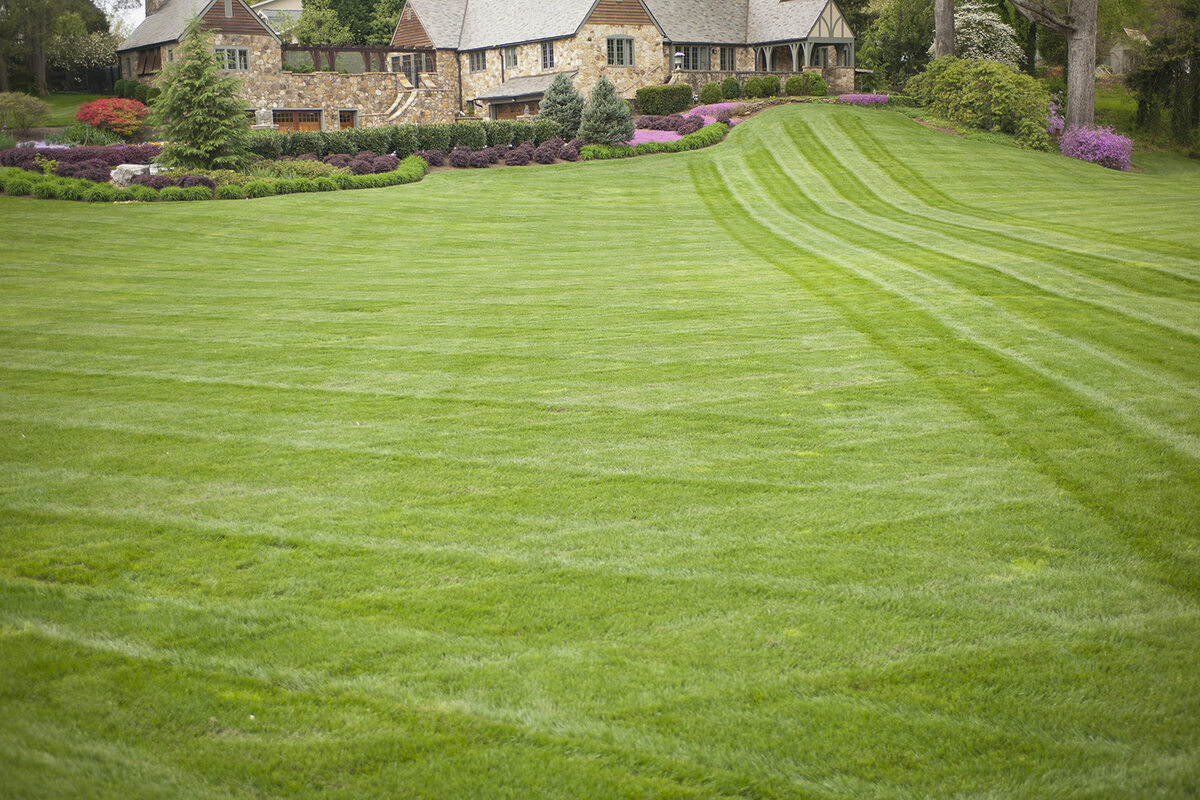
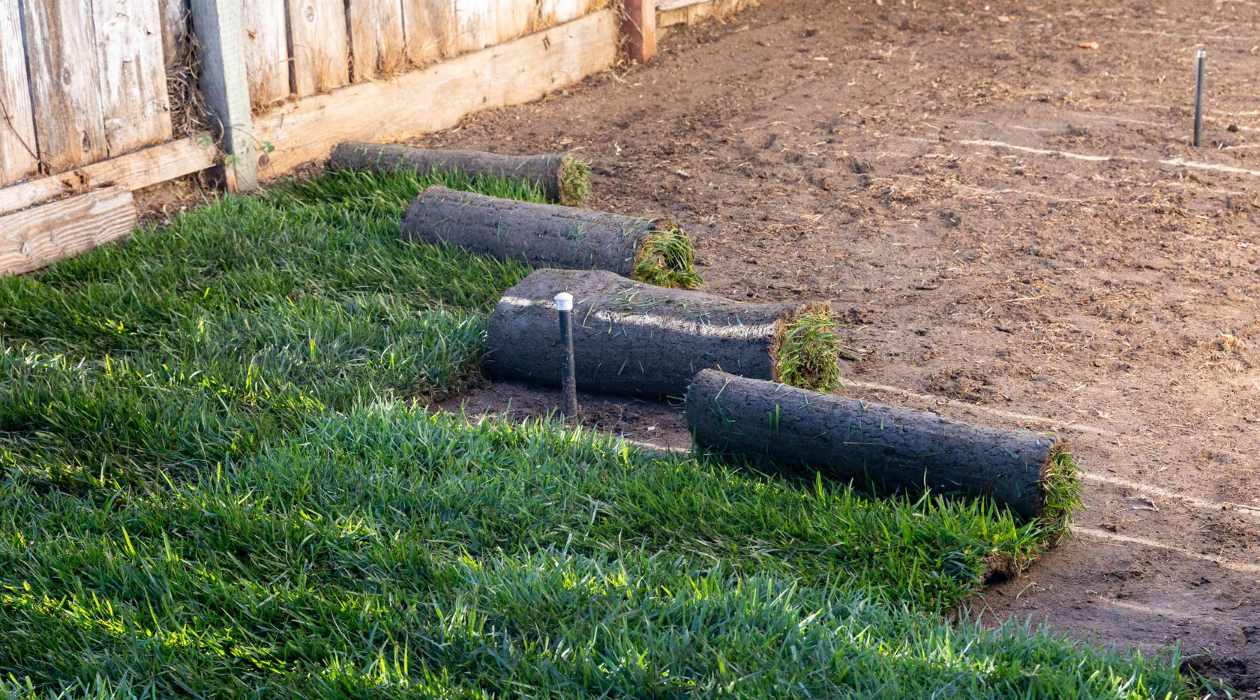
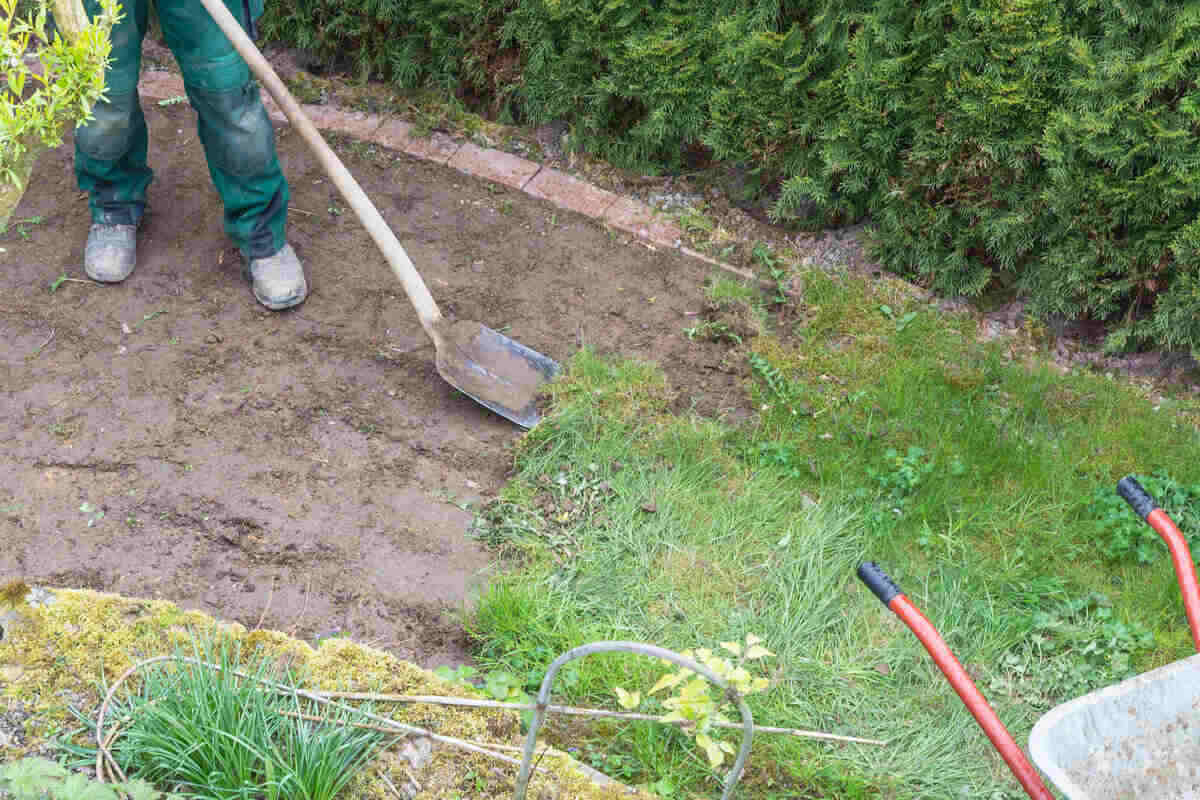
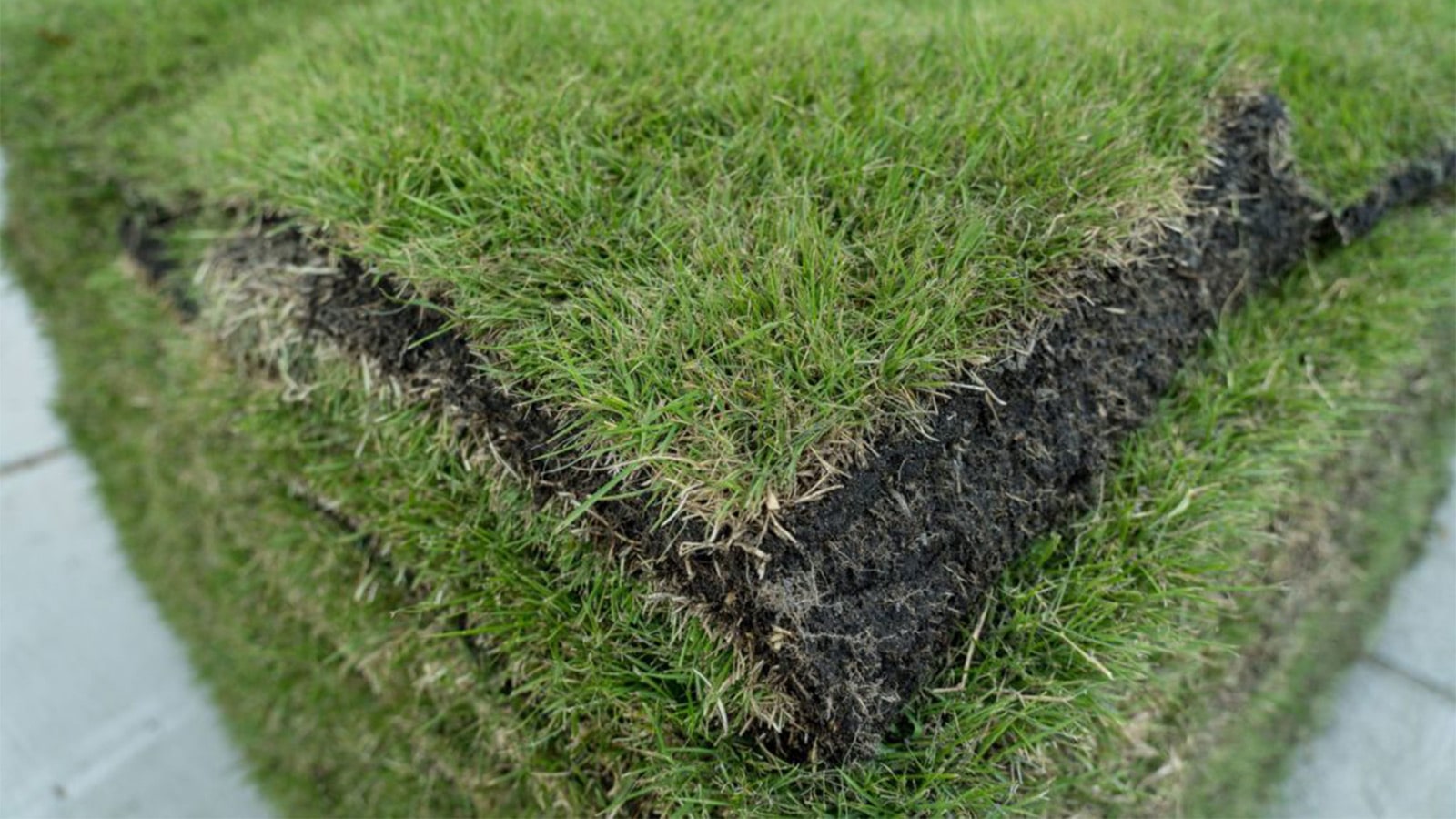
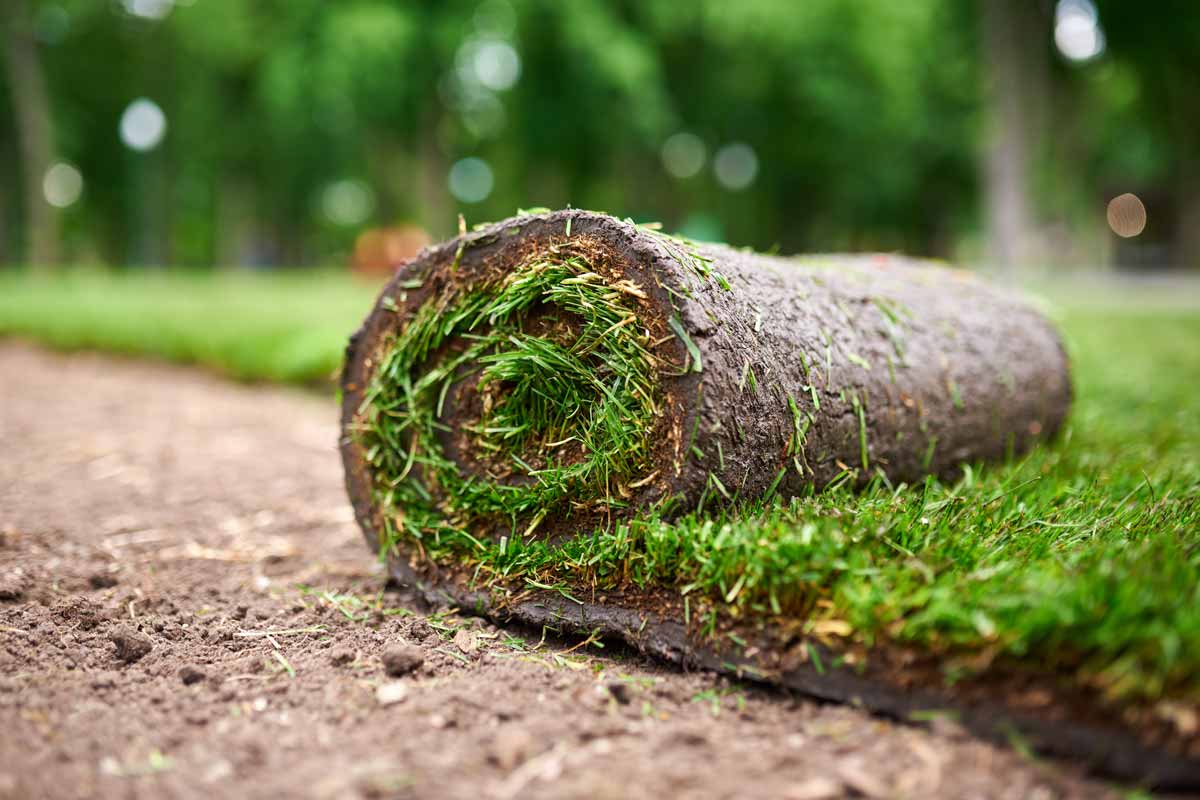
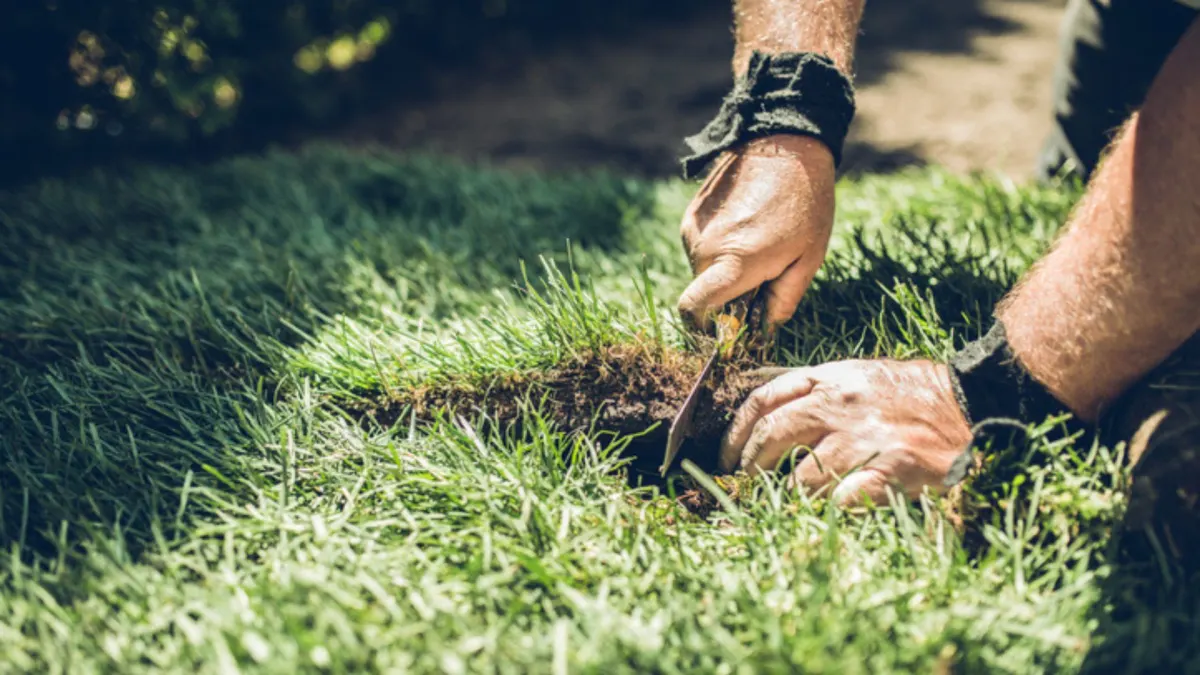
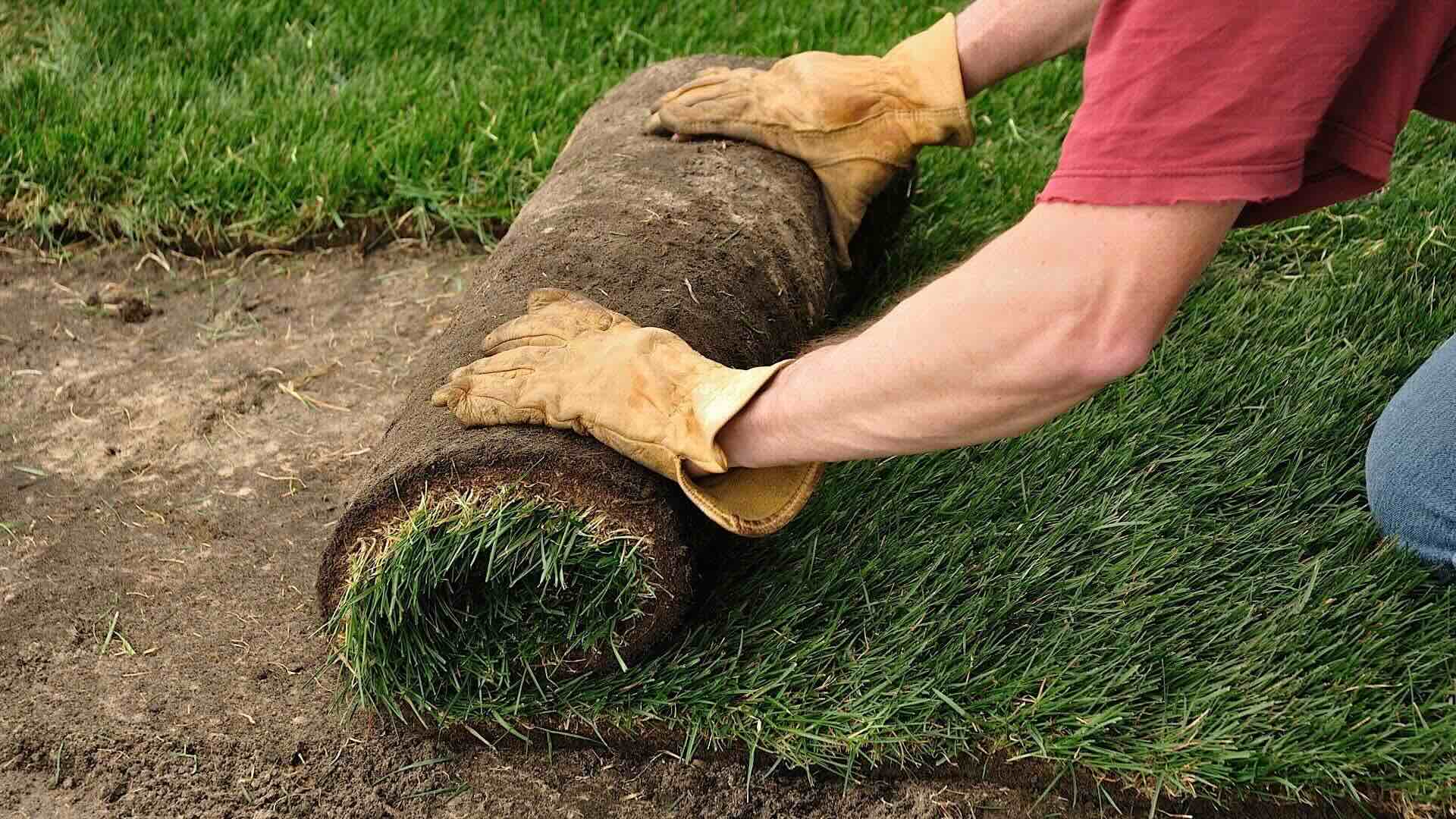
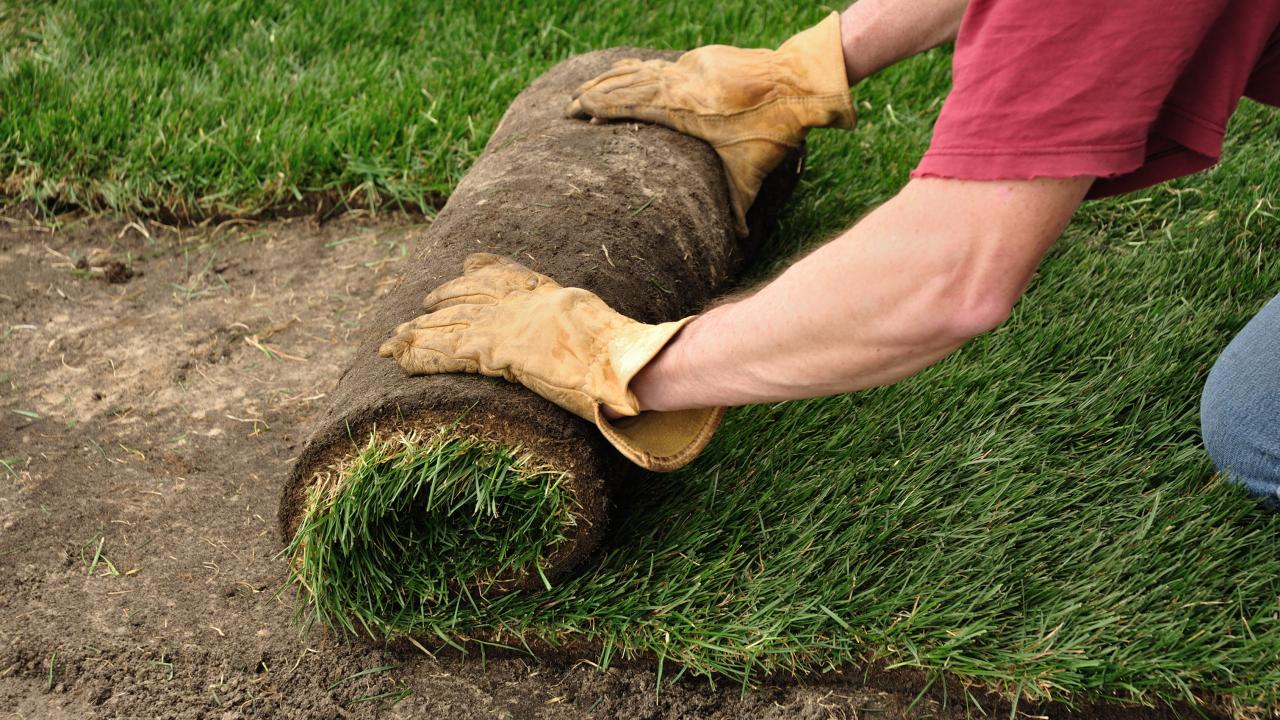
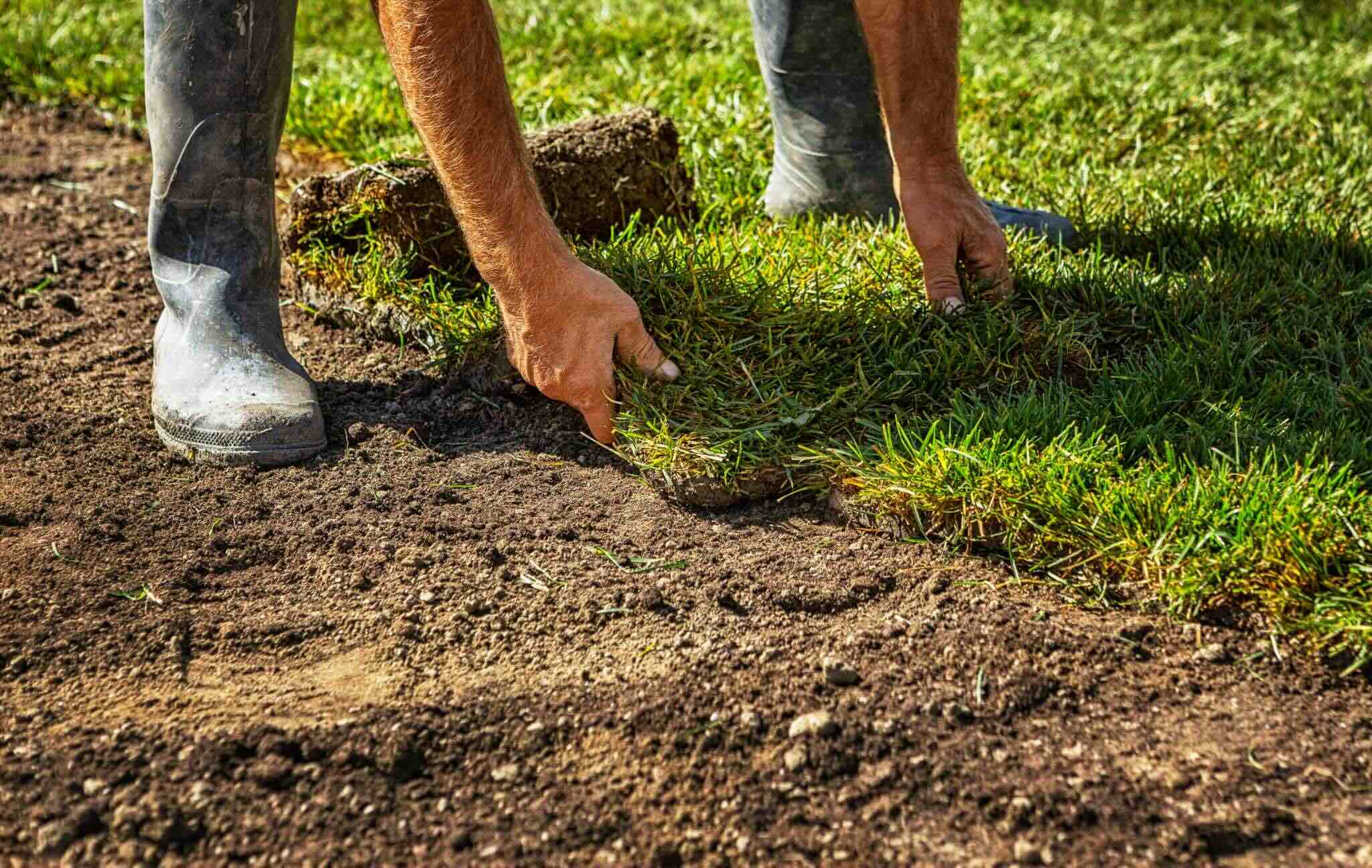
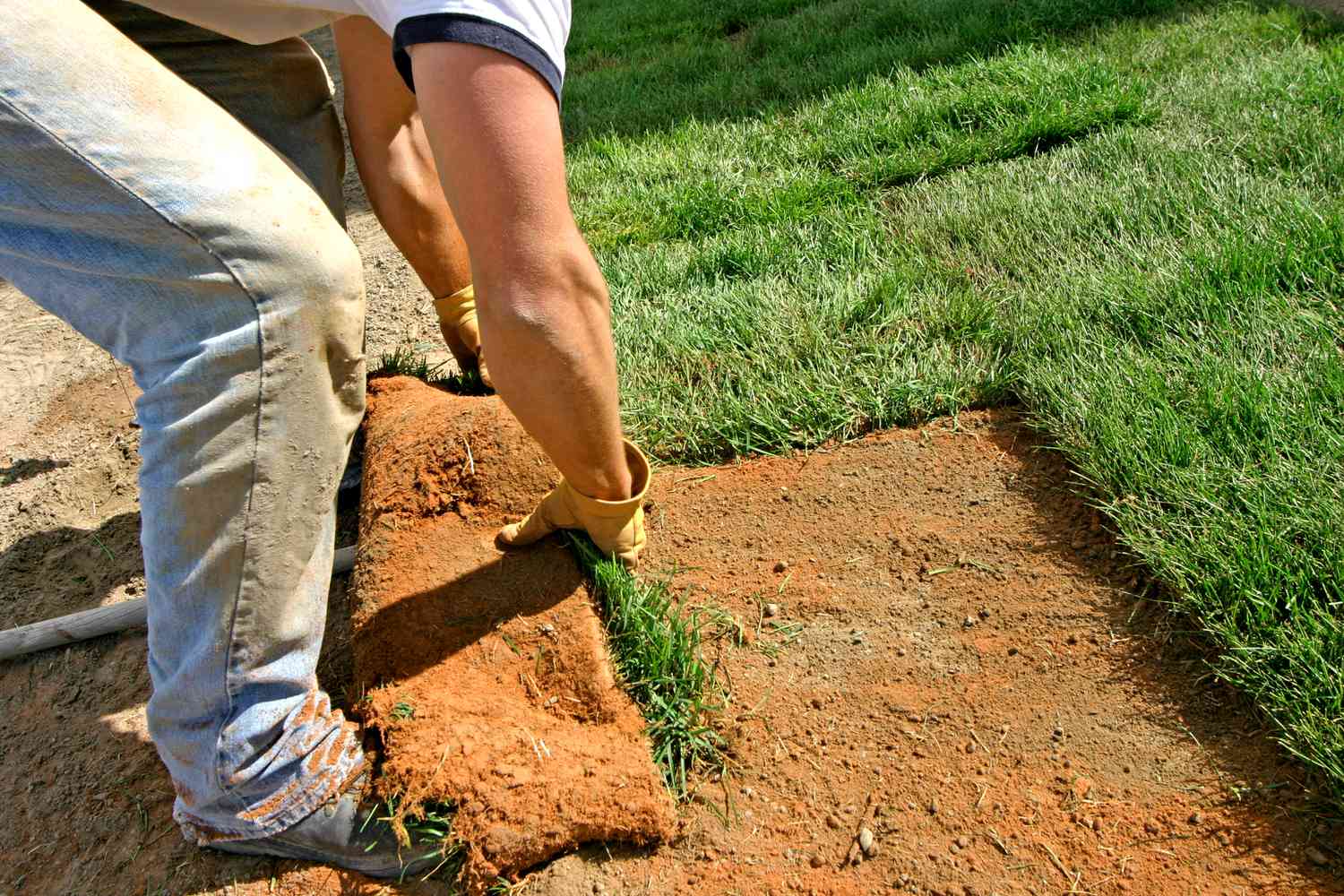
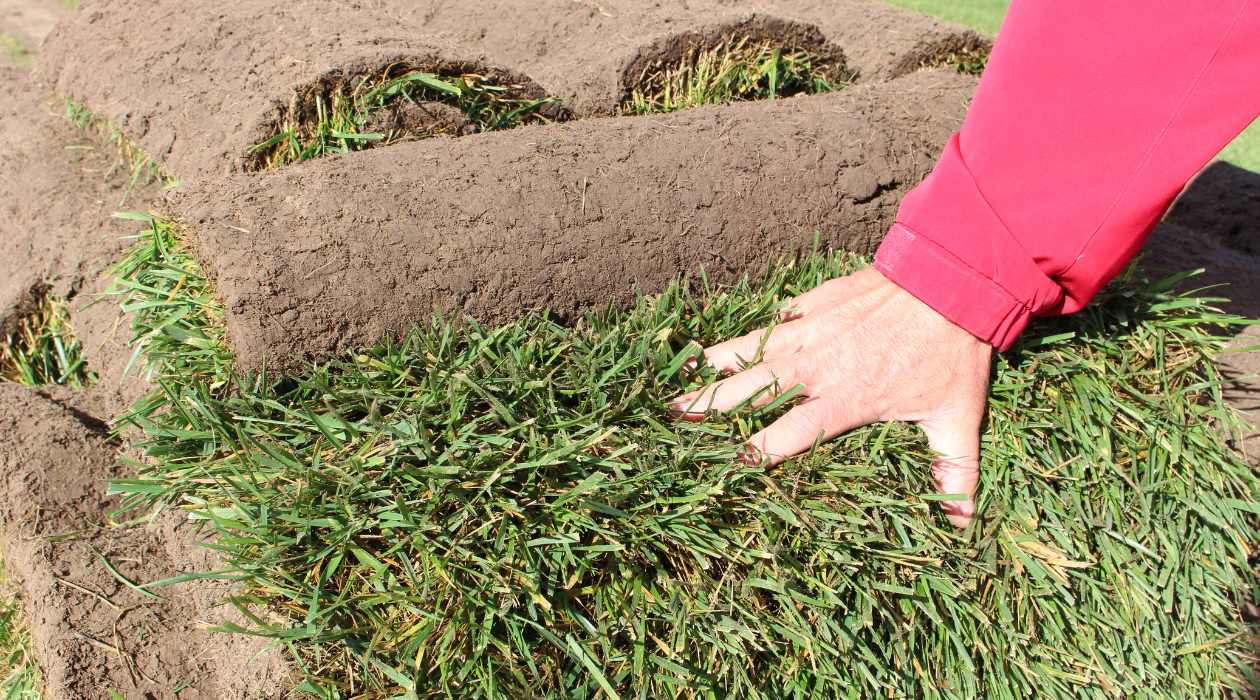
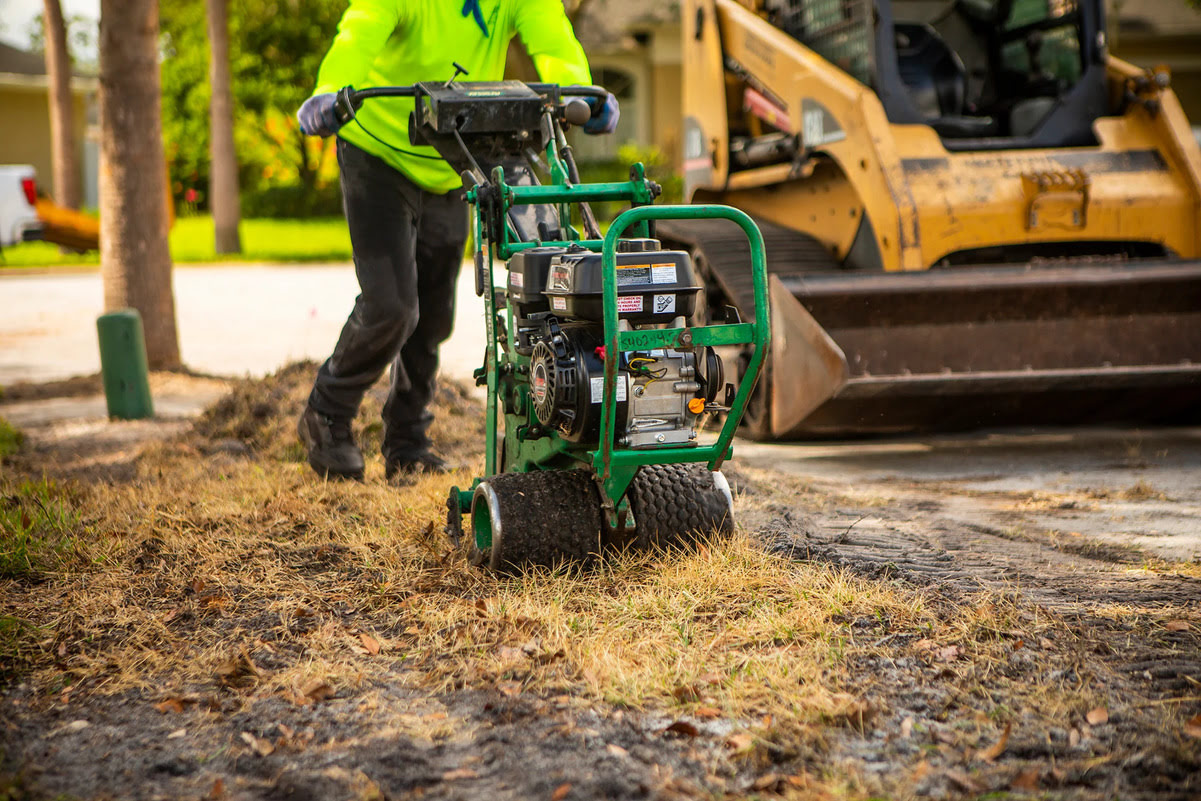

0 thoughts on “How To Install Sod Grass”